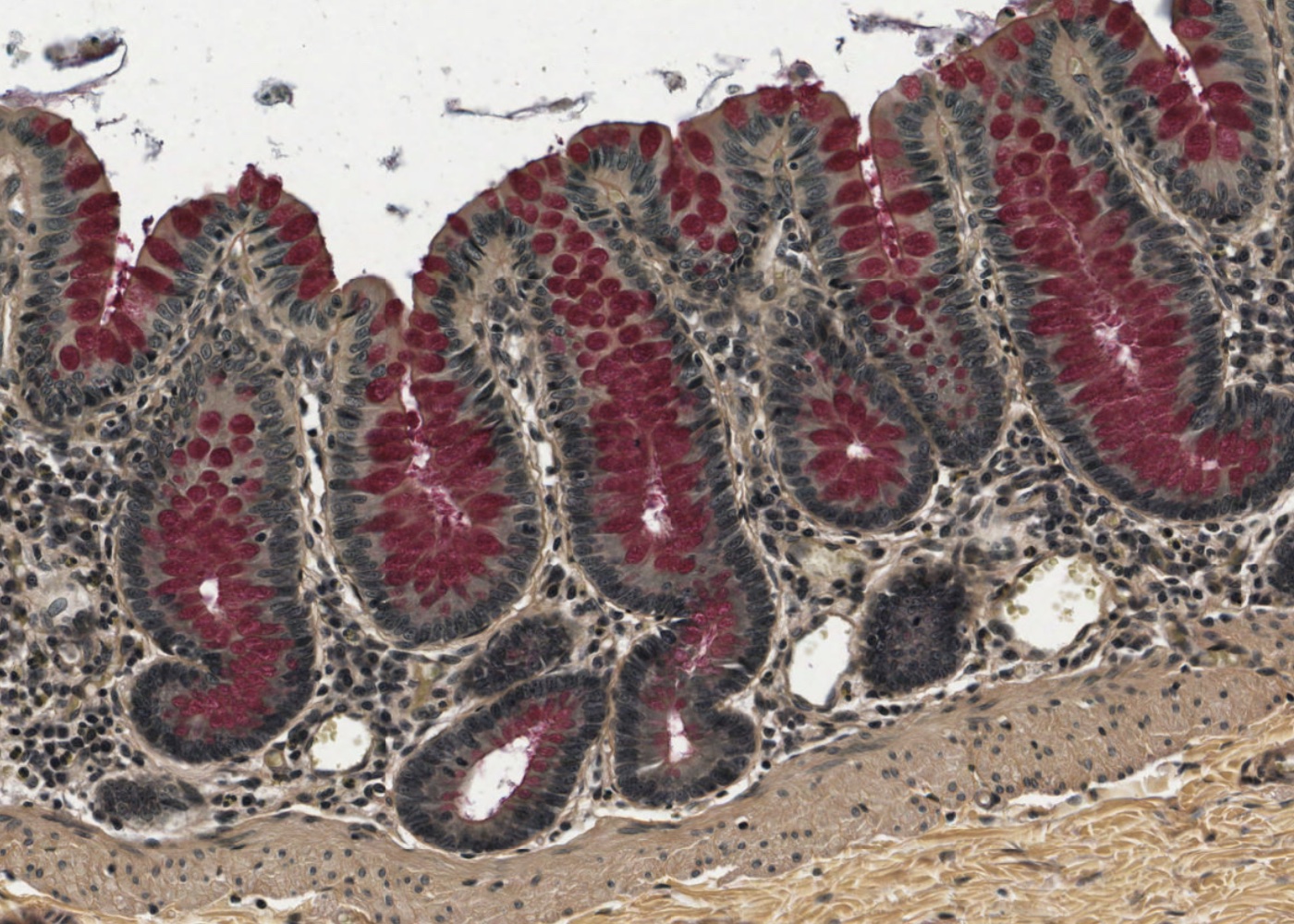A gland is an epithelial organ which secretes a specific material. Glands develop by invagination of a surface epithelium into the underlying connective tissue. Glands fall into two fundamental categories. Exocrine glands maintain their connection to their original epithelium. Their secretions are conveyed to the surface of that epithelium, often via a duct. Endocrine glands sever their connections to the surface and secrete their products (usually hormones) internally into the blood stream. Some organs are both endocrine and exocrine, e.g. liver, stomach. This topic concerns only exocrine glands.
Exocrine glands are further classified according to four criteria:
- Mechanisms of secretion.
- Structure of their ducts and secretory portions.
- Type of secretory product.
- Location/degree of development.
- Learning outcomes
After viewing the histological images and interactive text in this module you should know
- what a gland is.
- differences between serous and mucous glands.
- the difference between eccrine, apocrine and holocrine secretion.
- ways that glands are named and classified by their structure.
- the functions of the ducts of glands.

